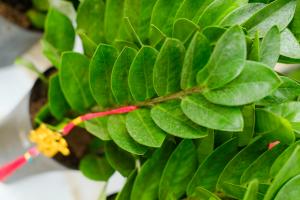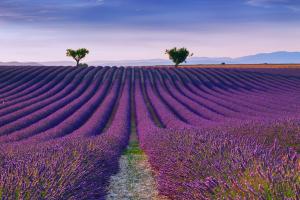Are Any Hallucinogenic Plants Grown Under Water?
There is no doubt that the world of plants can be incredibly diverse, and it's not surprising that many people are curious about whether there are any hallucinogenic plants grown underwater. The short answer is yes, there are, and in this article we will explore some of these fascinating underwater botanicals.
What are Hallucinogenic Plants?
Before we delve into the specifics of aquatic plants, let's first define what we mean by "hallucinogenic." A hallucinogen is a substance that causes users to experience alterations in perception, thought, and mood. This might include visual and auditory hallucinations, as well as changes in time perception, euphoria, or anxiety. Many plants contain chemicals that are classified as hallucinogens, including mushrooms, peyote cactus, and ayahuasca vines.
Which Aquatic Plants are Hallucinogenic?
While there are many aquatic plants that have medicinal or therapeutic properties, only a handful contain hallucinogenic compounds. One example is the blue lotus (Nymphaea caerulea), which is native to Egypt and other parts of Africa. The plant's flowers and leaves contain alkaloids that have sedative and aphrodisiac effects, as well as mild hallucinations.
Another example is the water lily (Nymphaea ampla), which is found in the Amazon basin. Like the blue lotus, the water lily contains alkaloids that produce sedative and psychoactive effects. Indigenous tribes in the region have traditionally used the plant to induce vivid dreams and visions during rituals.
How do these Plants Work?
The active compounds in these plants are believed to interact with receptors in the brain and nervous system, altering the way sensory information is processed. This can lead to alterations in mood, perception, and cognition. In general, aquatic hallucinogens tend to produce milder effects than their terrestrial counterparts, such as psilocybin mushrooms or peyote cactus. However, the potency and effects of these plants can vary depending on a number of factors, including dosage, method of ingestion, and individual body chemistry.
Can these Plants be Dangerous?
Like any drug, hallucinogenic plants can pose risks to users. In some cases, people may experience adverse reactions such as anxiety, paranoia, or delusional thinking. In extreme cases, hallucinogenic substances can trigger psychotic episodes or exacerbate underlying mental health conditions. Additionally, some plants may have toxic or harmful compounds that can cause physical harm if consumed in high doses or over time. As such, it is important to exercise caution and seek professional advice before using any form of hallucinogenic substance, whether it be a plant or otherwise.
Conclusion
In summary, while there are a few hallucinogenic plants grown underwater, they tend to produce milder effects than their terrestrial counterparts. The blue lotus and water lily are two examples of aquatic plants that have psychoactive properties, but caution should be exercised when using any form of hallucinogen. Exploring the world of underwater botanicals can be an exciting and fascinating pursuit, but it's important to do so with a sound understanding of the risks and benefits involved.

 how many times do yo...
how many times do yo... how many planted tre...
how many planted tre... how many pine trees ...
how many pine trees ... how many pecan trees...
how many pecan trees... how many plants comp...
how many plants comp... how many plants can ...
how many plants can ... how many plants and ...
how many plants and ... how many pepper plan...
how many pepper plan...
































